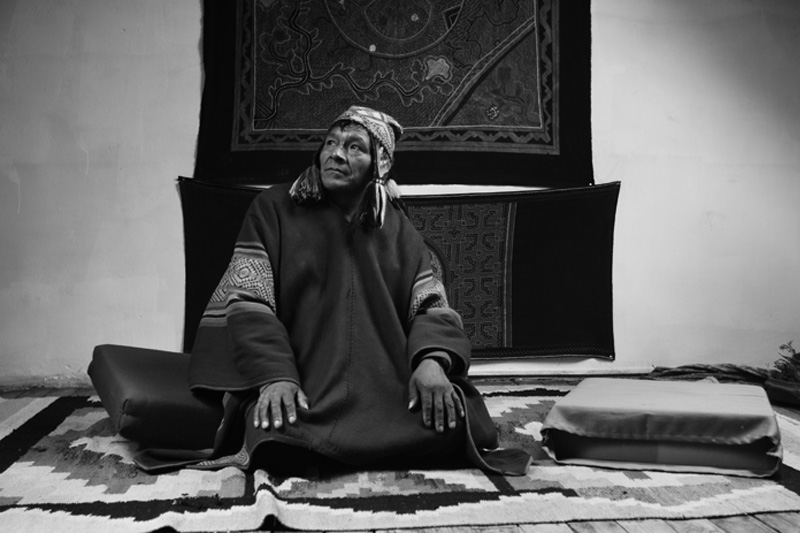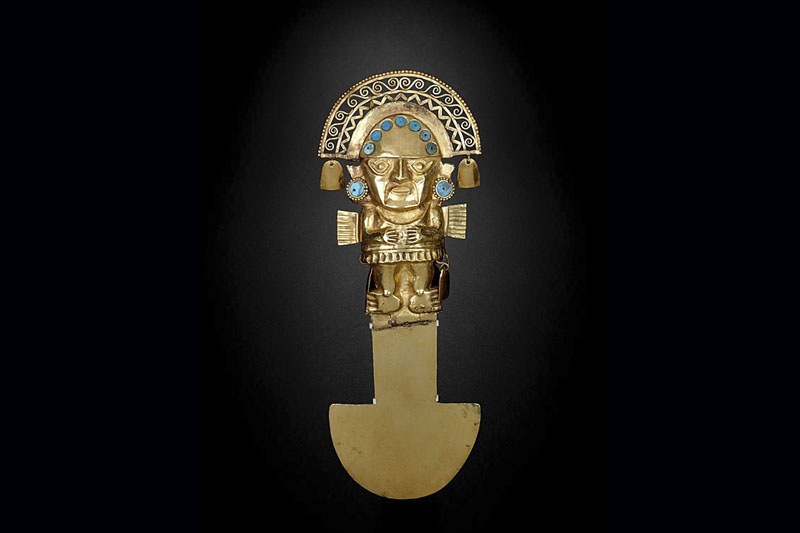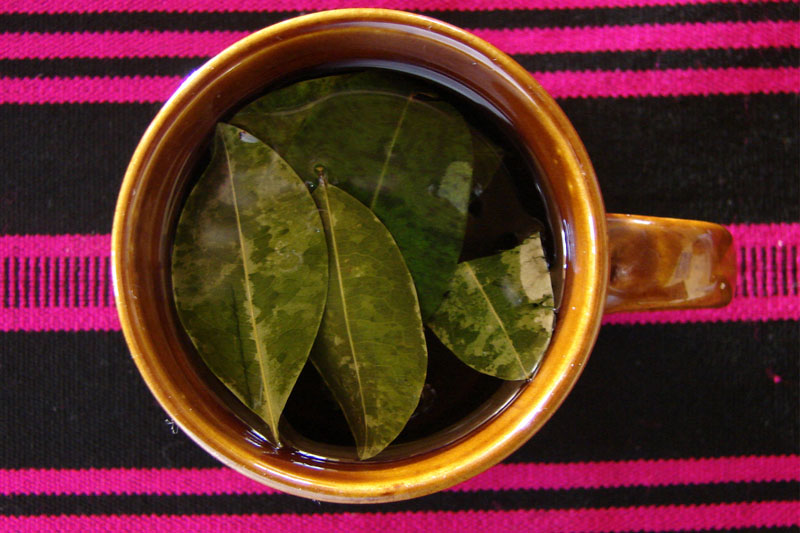The Medicine of the Incas
The Incas practiced a traditional medicine based on medicinal plants and rituals related to spirituality and energy. At first the Spanish invaders attributed these practices to witchcraft. However, the efficacy of Inca medicine in treating the symptoms of diseases led to a scientific study of the medicinal plants they used.
- How advanced was Inca medicine?
- What were the most common diseases?
- What medical treatments were they using?
- Who practiced medicine in the empire of the Incas?
- The medicinal plants of the Incas
- What happened when the Inca emperor was sick?
- How were cranial trepanations performed?
- Inca medicine in pictures
- The medicine of the Incas today
The empire of the Incas extended from the city of Cusco to the present territories of Peru, Bolivia, Ecuador, Colombia, Chile and Argentina. The medicine of the Incas transcended its time and is still practiced today by many of the Andean settlers.
How advanced was Inca medicine?
- Inca medicine mainly treated the symptoms of disease. For this he investigated the physical aspects of the patient. However, they were also interested in the psychological aspect.
- The Incas also performed complex surgeries such as cranial trepanations. The surgical instruments were quite simple: the vilcachina (kind of syringes) was used to perform excisions and the tumi (knives) to open skulls.
- The Incas developed a preventive culture based on healthy food, purges and religious rituals that, according to their conception, avoided disease.
- The main medicines were plants and various natural products. One of them was the sacred coca leaf of the Incas.

Shamans still practice traditional Inca medicine to this day
What were the most common diseases?
- The Incas managed to treat different types of diseases such as respiratory disorders, diseases of the immune system, gastrointestinal problems, eye problems and bleeding from war wounds.
These are the most common diseases that the Incas treated:
Acromegaly.
Basedow’s disease.
Carrión’s disease (the Peruvian wart).
The blindness.
Paralysis.
Deformities.
Leprosy.
The uta.
Syphilis.
Leishmaniasis.
Blastomycosis.
Lupus
Hemorrhages.
What medical treatments were they using?
- Villagers suffering from the symptoms of some disease went to the doctors who were knowledgeable about anatomy and medicinal plants.
- According to the Inca worldview, illnesses were caused by bad actions, so the treatment also included religious rites in order to ‘scare away’ the evil and repair the bad action.
- The rituals to ‘drive away evil’ and disease consisted of dancing with screams accompanied by rubbing.
- To alleviate the pain, the Inca doctors used the coca leaf. To treat urine output they used the stigma of corn. To lower fevers they used cinchona. To protect the wounds, they prepared balms with legume resins. To stop the hemorrhages they used the boiled bark of the pepper tree by placing plasters on them as well as jaws of some species of ants (natural insect saturation).
- Amazingly, the Incas were able to carry out blood transfusions and small amputations up to complicated brain surgeries.
Who practiced medicine in the empire of the Incas?
- The Inca doctors were a kind of priests who, in addition to curing the sick with herbs and other natural products, presided over the healing ceremonies.
- These doctors – healers were called ‘ichuris’.
- The doctors – healers in charge of the common settlers were called ‘Comascas’. Instead, those in charge of the Inca nobility were called ‘Amaucas’.
In the time of the Incas there were several types of doctors, according to their specialty:
The Watuk – It was in charge of diagnosing the disease and examining the lifestyle of the patient.
El Hanpeq – A kind of shaman who cured patients using herbs and minerals in religious and mystical ceremonies.
The Paqo – He healed the soul (according to the Inca worldview, the heart housed the soul).
The Sancoyoc – Surgeon priest who was in charge of healing broken limbs, abscesses and teeth.
The Hampi Camayoc – He was the chemist of the Inca state and in charge of the care of natural medical resources.
The Collahuaya – It supplied medicinal plants, amulets and talismans.
The medicinal plants of the Incas
- Inca medicine had its origins in medicinal plants with generally herbal remedies with specific healing properties. And there are medicinal herbs both in the Andean regions and in the coastal and jungle areas.
These are some of the leaves and grains used by the Incas in their medicine:
Coca leaf – Analgesic source of vitamins A, B1, B2, B3, C and E that also has digestive properties. Helps cleanse the liver and prevent osteoporosis. For the Incas it was a sacred leaf that was used only by the elite and in religious healing ceremonies.
Maca – Aphrodisiac, anabolic, revitalizing, restorative, antidepressant, sedative and fertility enhancer.
Cat’s claw – The leaves, bark and root are used as an anti-carcinogen, to reduce the effects of radiotherapy and chemotherapy, against arthritis, venereal diseases, antiviral, snakebite, measles, anti-inflammatory and diuretic.
Stinging Nettle – Diuretic, cauterizing and anti-anemic due to the presence of minerals, these minerals are concentrated in the hairs of the plant, for this reason their irritant action on the skin is due when applied to the body.
Chanca de piedra – To make infusions against fever, liver and kidney ailments.
Grade Blood – The bark, leaves and latex are used as a disinfectant, healing for trauma, skin wounds, bleeding, gastric ulcers, etc.
Hercampuri – It is used as a purgative, antidiabetic, diuretic and anti-infective; regulating metabolism and to reduce obesity.
Quinoa – It is a nutritious food, in addition to a medicinal plant, it has diuretic, expectorant and refreshing properties. The seed of this herb with milk increases the milk of the calves.
Paico – Aromatic herb used as an anti-diarrheal, anti-inflammatory, digestive, carminative, etc.
Achiote – It is used in cases of prostatic inflammation, urinary tract infections, in various conditions of the urogenital system and as a regulator of kidney function.
The coca leaf was widely used as a pain reliever and in Inca healing ceremonies. It is believed that the Incas also used plants from other regions of the empire such as ayahuasca and chacruna, both from the jungle region. These have hallucinogenic properties.
What happened when the Inca emperor was sick?
- The illness of the Inca sovereign represented an event of great importance, not only for the Inca himself but for the entire people. This was believed to bring dangers to the entire empire.
- Although the Incas believed that a person became ill due to his bad actions, this had no correspondence with the Inca governor whose illness had enigmatic causes.
- The Inca was treated by a doctor-healer belonging to the ruling elite. In addition purification rituals were performed in the Temple of the Coricancha (Temple of the Sun). In this ceremony a large number of people and warriors gathered who shouted and threw their weapons to chase away the evil spirits. Then corn porridge was smeared on the face, arms, body and everywhere to protect the world from disease.
- During the year different ceremonies were held to prevent the disease of the Inca. One of the most important was held during the spring equinox and was called ‘Situa’.
How were cranial trepanations performed?
- In Peru, cranial trephination (drilling of the brain) has been carried out since the year 1,000 by the pre-Inca Paracas culture.
- The Incas perfected this technique to the point of achieving more than 80% survival in the operated patients (a better result than that achieved by the Americans during the civil war, almost 400 years later).
- The Incas performed this operation on people suffering from war wounds, epilepsy problems, migraines or some brain ailment.
- Coca leaves and chicha-based alcohol were used to anesthetize the patient. The knife and obsidian (glass-type rock) were used to cut the skull. To cover the intervened area, a gold plate and cotton bandages were placed.

The Tumi was used to perform cranial interventions
Inca medicine in pictures
The medicine of the Incas today
- The Incas learned to cure their diseases using natural plants. Thus, this knowledge was passed from generation to generation until today.
- Today, many of the Andean settlers know how to cure their diseases and discomforts through this traditional medicine inherited from the Incas.
- In Cusco, for example, the medicine of the Incas continues to use the coca leaf as an analgesic. In many Andean towns, shamanism is believed as a means of healing all kinds of diseases, including incurable diseases.
- In Cusco and Machu Picchu you can still buy herbs and plants that the Incas used in their medicine.

Coca infusion. The coca leaf was sacred to the Incas
By Ticket Machu Picchu – Last updated, April 3, 2020